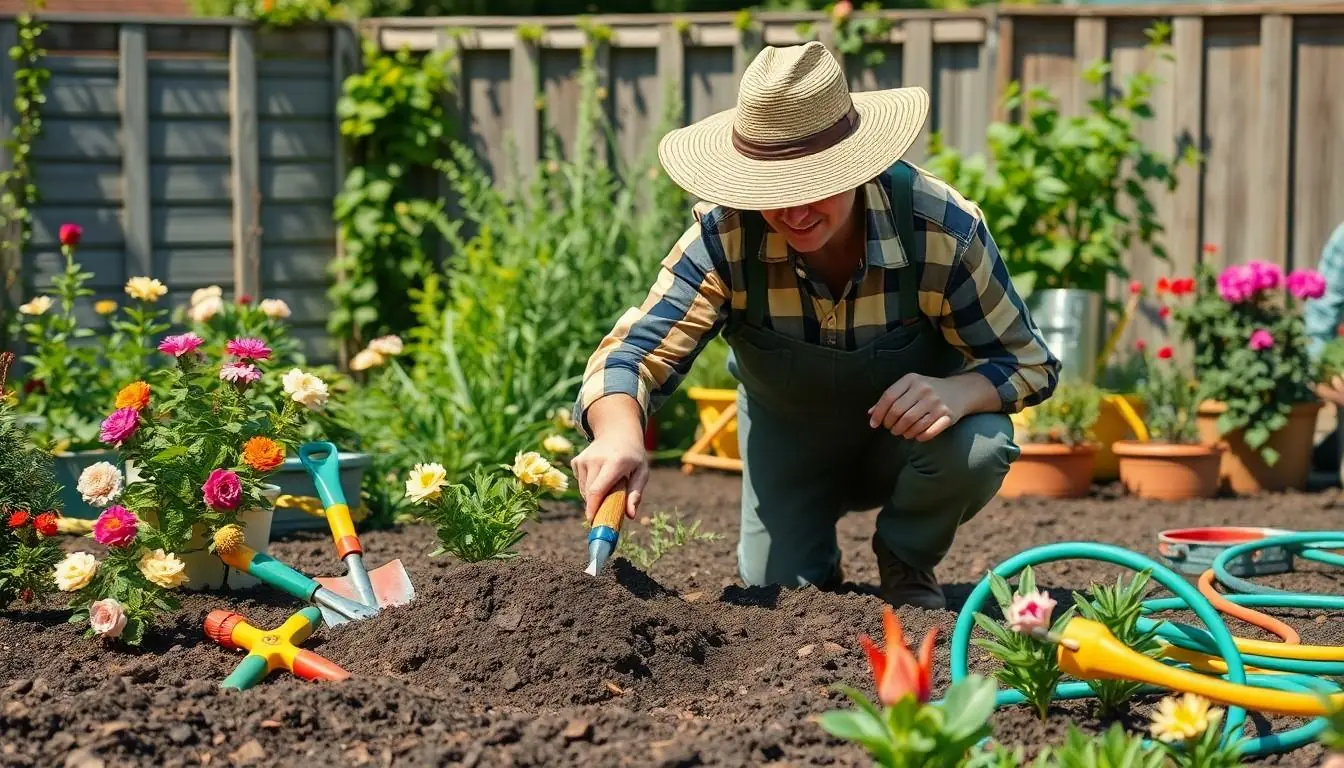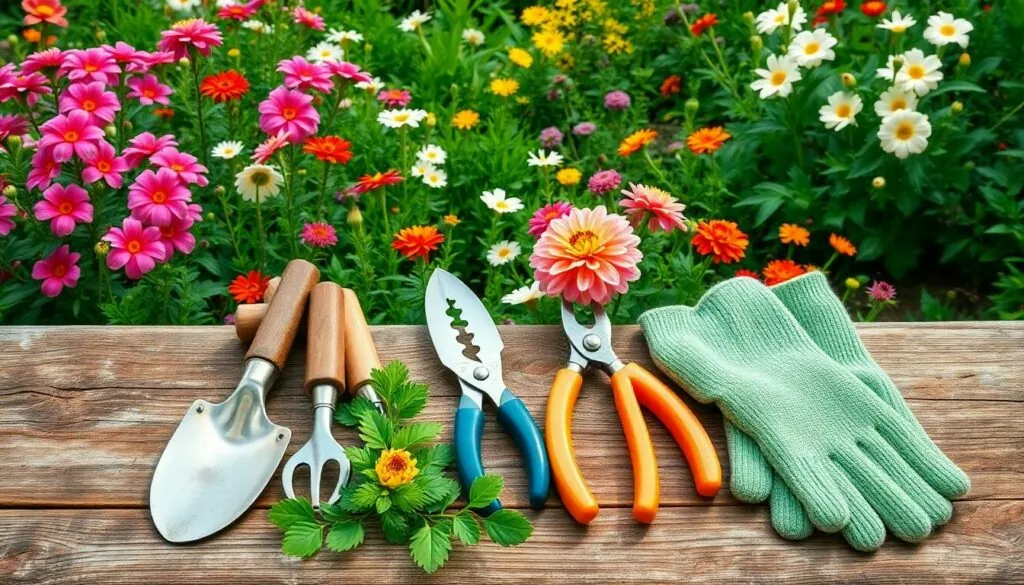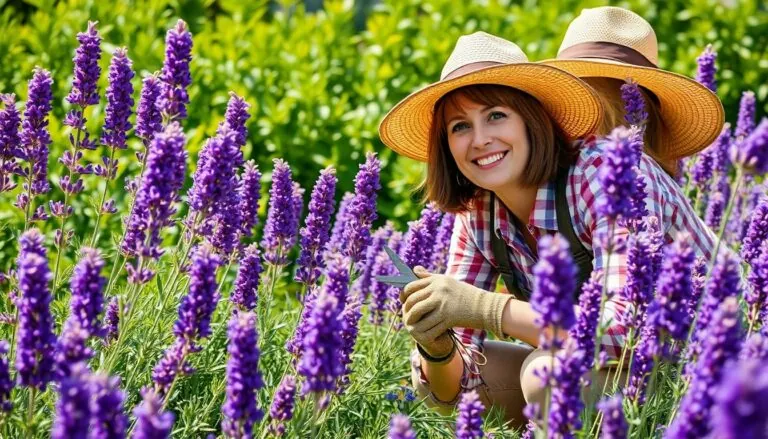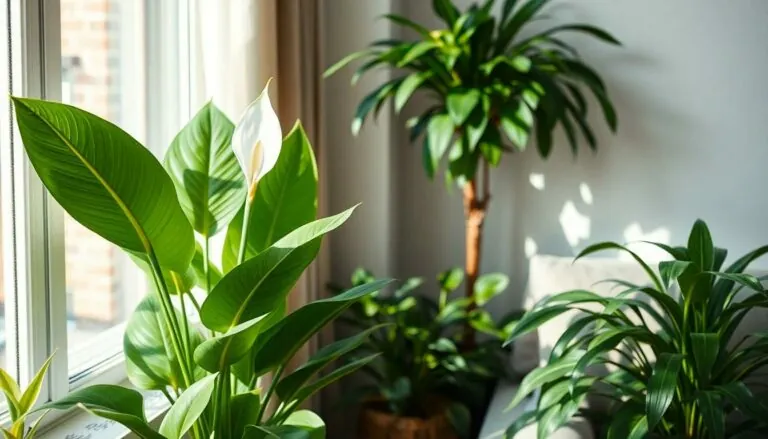Table of Contents
ToggleGardening can feel like a jungle sometimes, especially when it comes to knowing your trowel from your hoe. But fear not! Whether you’re a seasoned green thumb or just starting out, understanding the right tools can transform your backyard chaos into a blooming paradise. With the right gardening tools, even the most stubborn weeds will think twice before challenging your authority.
Essential Gardening Tools
Understanding essential gardening tools helps achieve effective results. Equipped with the right tools, gardeners can tackle various tasks more efficiently.
Hand Tools
Hand tools include various instruments necessary for detailed work. Trowels assist with digging, planting, and transferring soil. Pruners allow for trimming branches and maintaining plant health. Weeders help remove stubborn weeds without disturbing soil structure. Rakes collect leaves and debris, ensuring a tidy garden space. Gloves protect hands from thorns and dirt during work. Each tool serves a unique purpose while contributing to overall gardening success.
Power Tools
Power tools enhance efficiency in larger gardening tasks. Electric hedge trimmers simplify shaping bushes and shrubs. Gas-powered lawnmowers provide quick lawn maintenance, ensuring even cuts across grass areas. Soil augers make digging holes for planting easier and faster. Leaf blowers clear debris from pathways and driveways swiftly. Cultivators aerate soil and improve its structure for optimal plant growth. These tools save time and energy, allowing gardeners to focus on creativity and design.
Common Gardening Tools Names

Understanding gardening tools enhances efficiency and effectiveness in the garden. Below are essential categories of tools, each serving specific functions.
Tools for Digging
Digging tools provide vital assistance for planting and aerating soil. Notable examples include trowels, which handle small digging tasks and transplanting plants. Shovels facilitate larger digging projects, while spades help cut through tough soil. Garden forks enable gardeners to break up compacted earth. Posthole diggers create deep holes for planting posts or trees. Each tool aids in soil management and preparation.
Tools for Cutting
Cutting tools play a critical role in shaping plants and maintaining garden aesthetics. Pruners specialize in trimming branches and stems, promoting healthy growth. Shears handle larger branches, delivering a clean cut. Hedge trimmers offer efficiency in maintaining hedges and shrubs. Loppers, with long handles, reach high branches for trimming without a ladder. Bypass pruners ensure a smooth cut, benefiting plant health during maintenance.
Tools for Weeding
Weeding tools assist in maintaining a tidy garden and support plant growth. Hand weeders target individual weeds by removing roots with precision. hoe cultivates the soil, disrupting weed growth and preparing it for planting. Garden rakes help gather weeds and debris, clearing the way for healthier plants. Additionally, mulching tools retain moisture, suppressing weed growth effectively. Each tool contributes to effective weeding and garden upkeep.
Visual Guide to Gardening Tools
Gardening tools play a crucial role in enhancing gardening practices. This visual guide provides a closer look at essential tools, allowing gardeners to identify and utilize them effectively.
Pictures and Descriptions
Images of gardening tools present a clear understanding of their design and function. Trowels, for instance, feature a pointed blade for digging and transferring soil. Pruners exhibit sharp blades for cutting stems and branches. Each tool’s image aids in recognizing its specific use. Weeders, with their unique shapes, allow for effective weed removal without disturbing surrounding plants. Rakes appear with long handles and flat tines, perfect for gathering leaves or leveling soil. Visual representations simplify identifying practical aspects of each tool.
Usage Examples
Practical examples illustrate the application of each gardening tool. A trowel shines for planting small seeds and transplanting seedlings. Pruners become indispensable for trimming back overgrown plants and promoting healthy growth. Hand weeders excel at removing persistent weeds from flower beds. Rakes assist in preparing soil for planting, ensuring a flat surface for sowing seeds. Garden forks prove useful for turning compost or aerating the soil. Each tool’s specific usage demonstrates how they contribute to successful gardening practices.
Specialty Gardening Tools
Specialty gardening tools cater to unique gardening needs, enhancing both indoor and outdoor gardening experiences.
Tools for Indoor Gardening
Indoor gardening relies on specific tools designed for limited spaces. These include small trowels, which help with potting plants, and moisture meters that assist in maintaining optimal watering levels. Shears feature prominently for trimming foliage without damaging delicate plants. Other tools such as hand-held cultivators and self-watering pots simplify indoor plant care significantly. This level of care creates a thriving indoor garden.
Tools for Landscaping
Landscaping tools support larger outdoor projects that shape and define garden spaces. Lawn edgers provide clean lines along pathways, while chainsaws manage larger branches and trees. A sod cutter plays a crucial role in replacing grass, preparing areas for planting. Additionally, garden sprayers efficiently distribute fertilizers and pest control solutions. Using these tools ensures a well-maintained and visually appealing landscape.
Understanding gardening tools is essential for anyone looking to enhance their gardening experience. With the right equipment at hand gardeners can tackle challenges efficiently and cultivate beautiful spaces. The visual guide provided not only aids in identifying tools but also showcases their practical applications.
Whether it’s hand tools for detailed work or power tools for larger tasks each tool plays a significant role in achieving gardening success. Specialty tools further enrich the gardening journey catering to unique needs in both indoor and outdoor settings. By mastering these tools gardeners can unleash their creativity and transform their gardens into thriving ecosystems.






